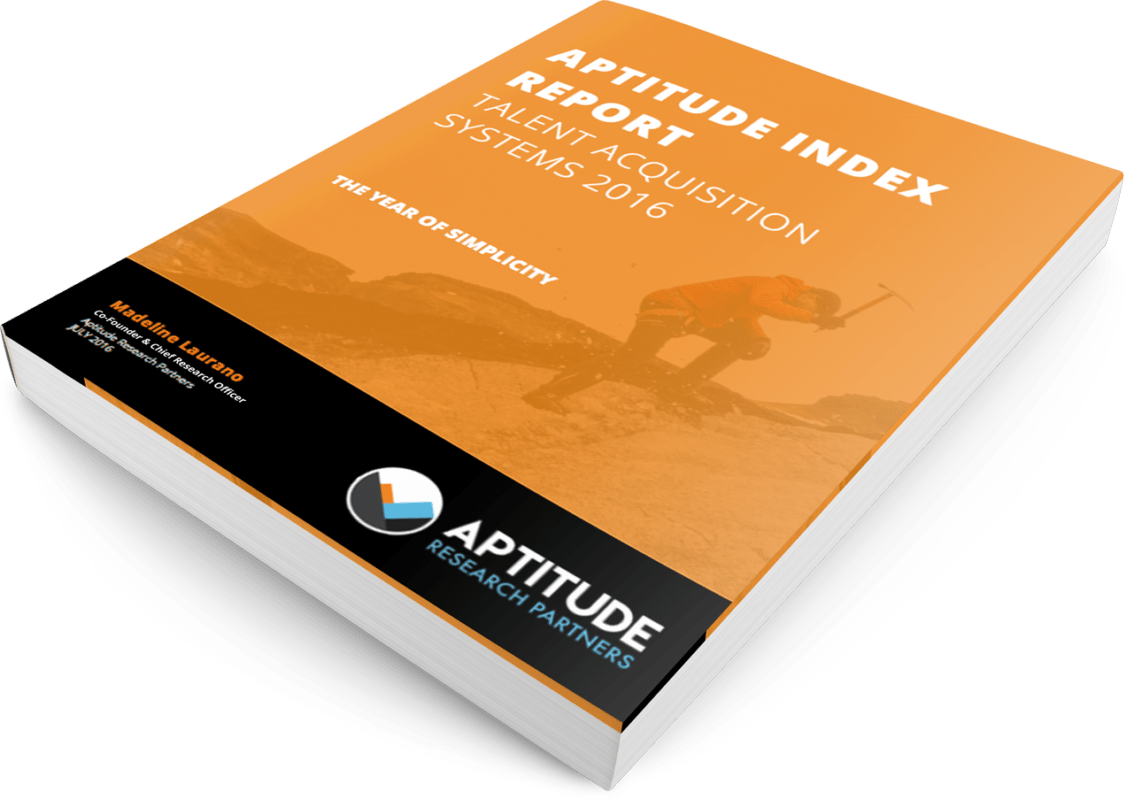Ten years ago, I was the Research Director at ERE Media. It was the heyday of recruitment and right before everything in our industry changed (mostly, for the better). Taleo was just plain old Taleo, the largest ATS provider. Jobster and Jason Goldberg were the most interesting names in the space. The blogosphere was filled with controversial and thought-provoking discussions. And Monster was still at the center of it all. Spending tons of money on marketing, flexing its muscles in all things recruitment, and living large. Maybe too large. The value of job boards was becoming questionable and companies started reducing their investments in favor of LinkedIn and niche boards. The writing was on the wall. But, instead of rethinking its strategy, Monster just carried on in a big way. It acquired HotJobs in 2010 for $225 million and then, China HR for $174 million. Instead of reinventing itself, it just kept biggering and biggering.
Over the years, Monster made a few attempts to expand outside of the job board arena including acquiring TalentBin, developing 6Sense and SeeMore (semantic search engines), attempting to play in the CRM and ATS space with the HRSmart acquisition, and more recently, acquiring Jobr (the Tinder of recruitment). But most of its efforts (with the exception of TalentBin- by far, its best decision) fell short. The products did not integrate, the pricing was all wrong and yet, the messaging stayed the same.
The downfall of Monster reminds me of the high school quarterback. Someone that gains so much attention early in his life and then tries to relish those glory days even when the rest of the world has moved on.
So, where do we go from here? Two days ago, Randstad announced its plans to acquire Monster for $429 million – that works out to be $3.40 a share (by the way, Monster’s share price was once $91). In my opinion, the acquisition does not disrupt the market or change the landscape in any major way. What it does do is present a few unique opportunities for Randstad.
- Establish Leadership in Technology: Services and technology are becoming more ingrained in all areas of HR Technology and recruitment is no exception. Randstad is working to establish itself as a tech provider with its investments (through its Innovation Fund) in companies like gr8People and RolePoint and its own development of solutions like Talentradar. Yet, when you think of Randstad, you still think of services- RPO and MSP. This acquisition gives them more of a ground to stand on as a recognized technology provider.
- Expand its Global Presence: There is no denying that both companies are global companies but the acquisition of Monster gives Randstad even more global recognition. Monster has a presence in over 40 countries and 50,000 employees around the world.
- Articulate the Value Proposition: Monster made some bad decisions but it made a few good ones (I mentioned TalentBin above). Its major problem was it could not articulate the value proposition. It couldn’t get out of its own way. It acquired a broad spectrum of talent acquisition providers and developed solutions that would connect employers with job seekers but it wasn’t able to integrate these products or its messaging. It was still stuck in the past. The glory days.
Randstad is an impressive company with an impressive team of industry experts and individuals committed to helping companies recruit better. So, this acquisition may be the best decision Monster has ever made.









